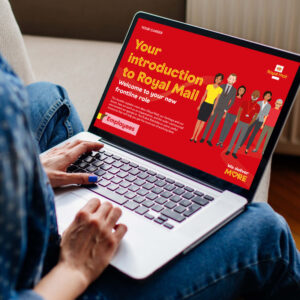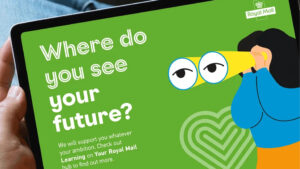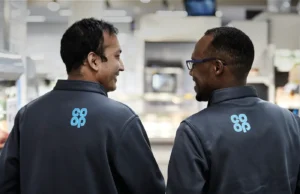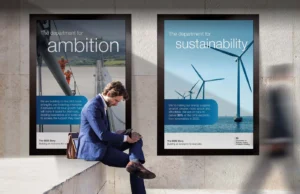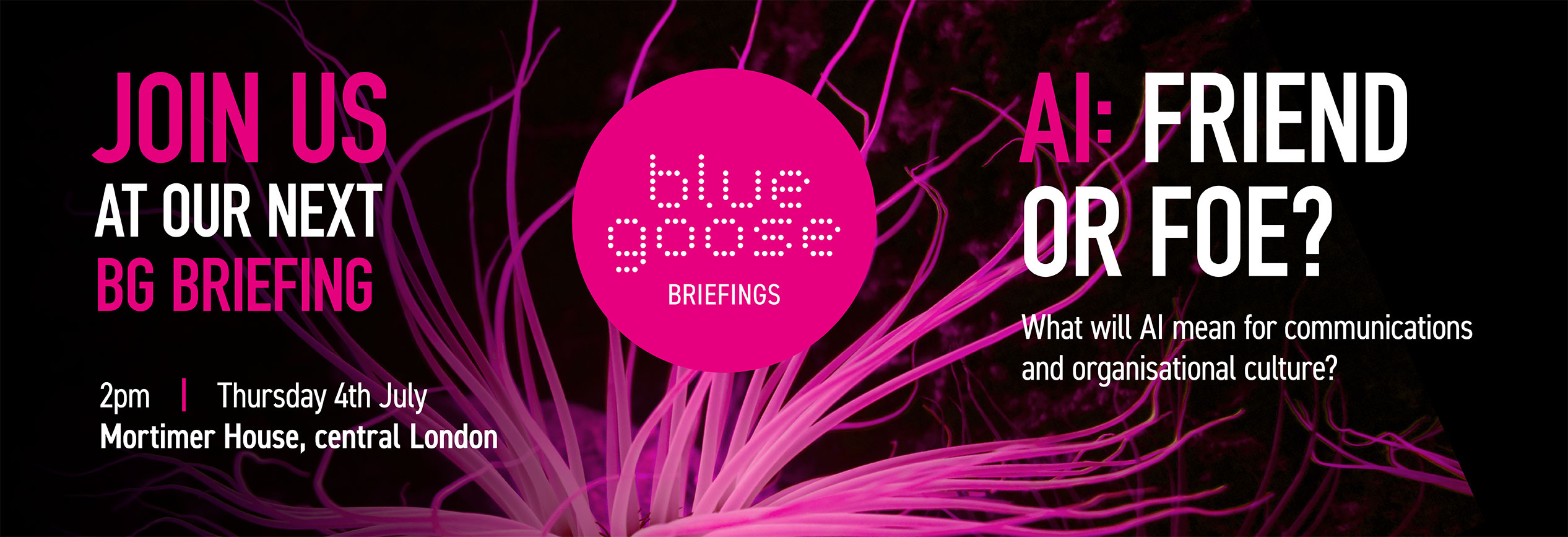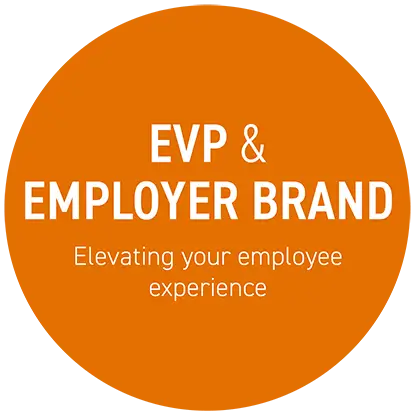

Creating A Successful Employee Value Proposition (EVP)
Defining and communicating a compelling employee value proposition (EVP) is more critical than ever today for retaining and attracting talent as employee behaviours, needs and demographics continue to change. As part of your employer brand, your EVP can help you stand out from competitors and become an attractive organisation.
At blue goose we help you shape EVP and employer brand strategies through our proven frameworks and provide the expertise and ability to implement and integrate this across your organisation through employee engagement tactics.
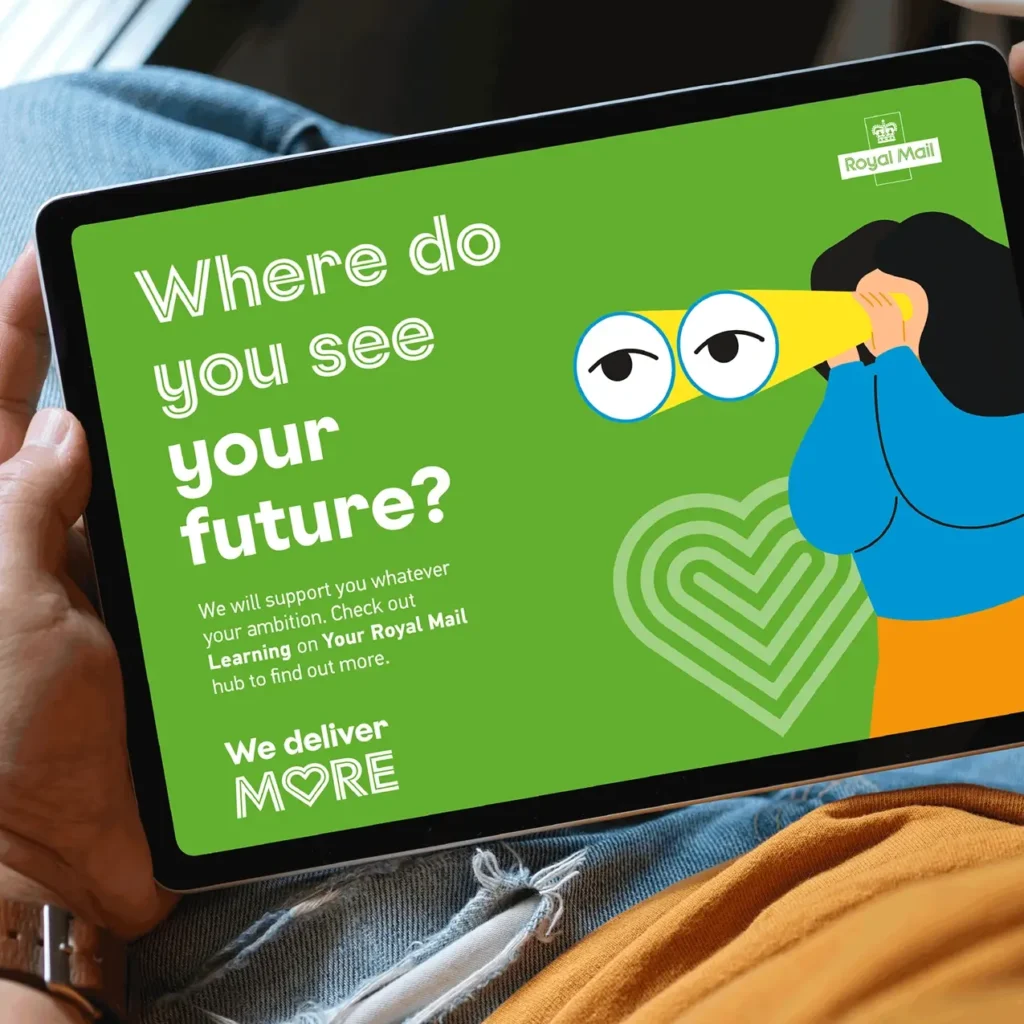
EVP Best Practices
As an award-winning EVP agency, working with organisations such as Royal Mail, BEIS, Co-op and CGI, we believe an effective EVP should be aligned with the organisation’s vision, mission, values and culture and should have the following characteristics:
- Directly address or improve the employee experience or an issue
- Advertise what’s best about an organisation, and assert that inside and out
- Be distinct, compelling and memorable, to act as both carrot to those on the outside, and glue for those on the inside
- Be consistent and coherent across the whole lifecycle for employees on the journey all the way from attraction – onboarding – development – departure
Making EVP right for your people and measuring success
To get the EVP right, it needs to come from the most reliable source: your people.
As well as having clearly defined and unique values, mission and vision statements, a well crafted EVP can elevate your position for both retention of employees and attraction for your future workforce.
We’ll work with you, across your business to curate a unique EVP position. Separating you from competitors to clarify your position as a top work destination in your sector.
We also help you define measures of success across the EVP to ensure it is being consistently applied and proving to be effective and is being evaluated at the right time in the right way.
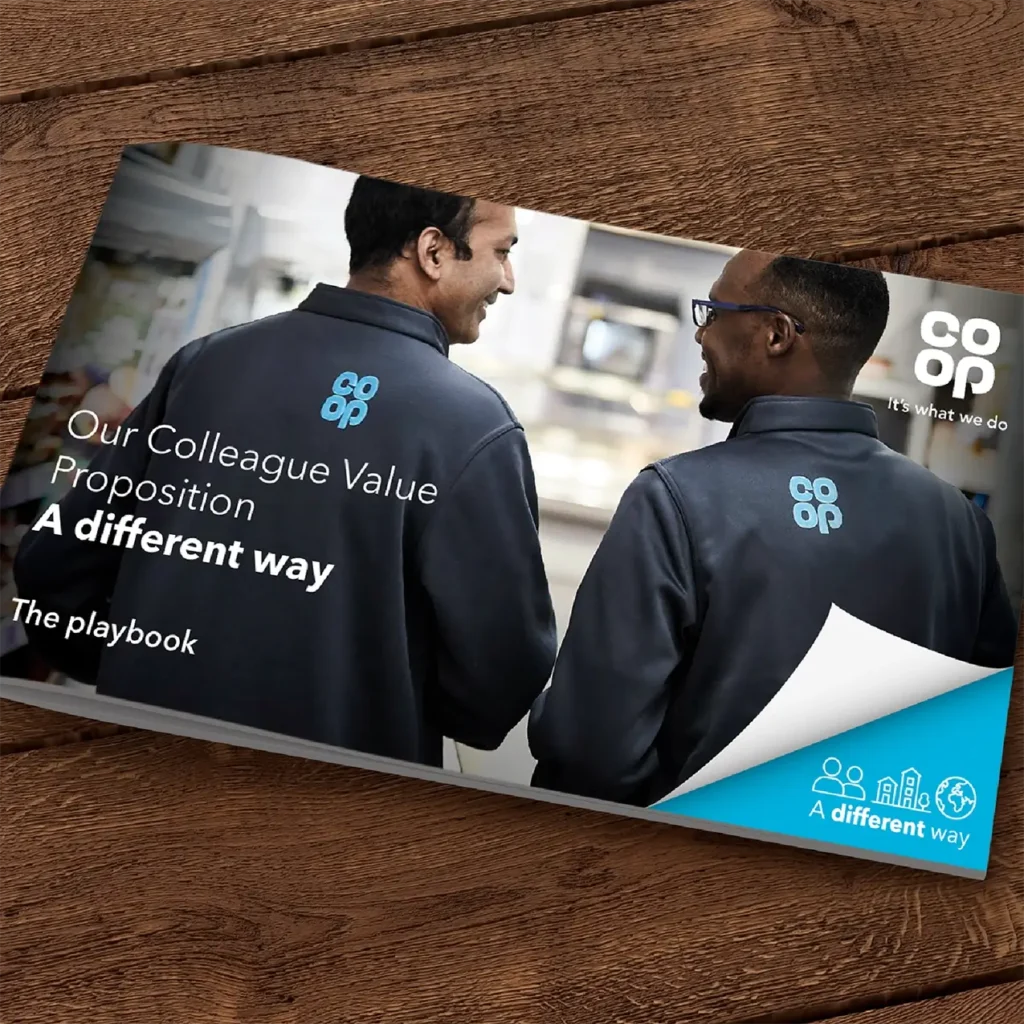
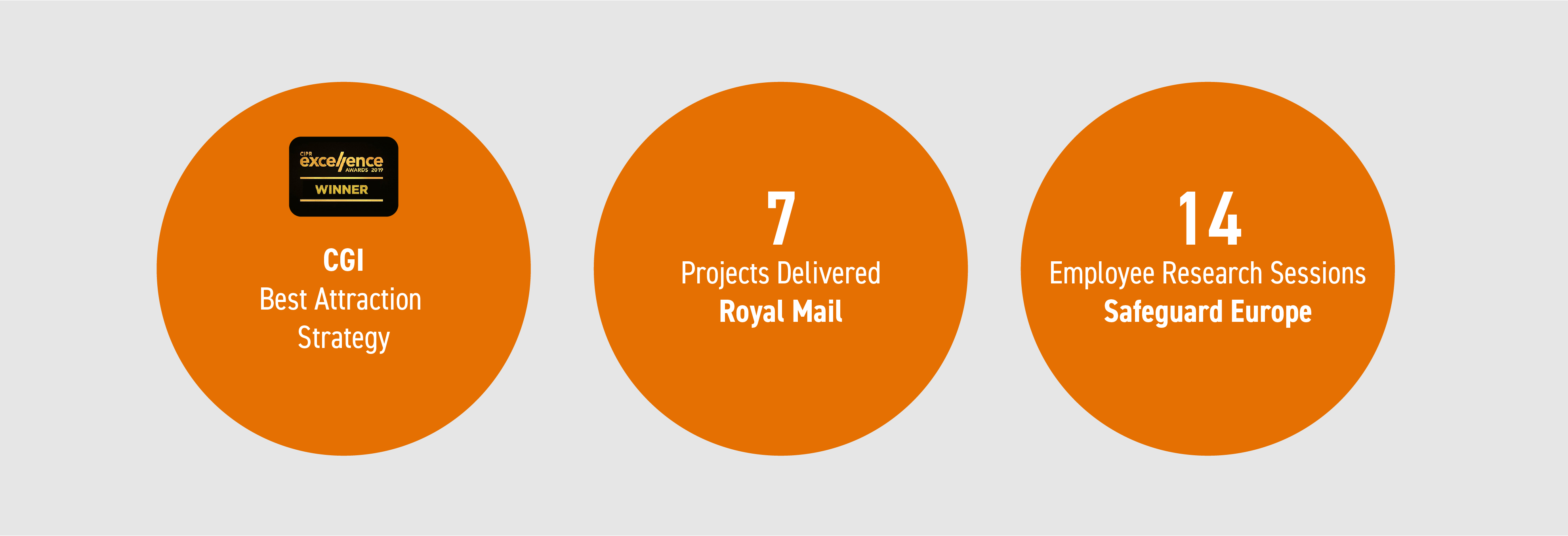
Talk to our team of specialists today
EVP Resources: FAQs, Case Studies and Insight
Frequently Asked Questions
EVP, an acronym for employee value proposition, has an internal focus, communicating to employees what they receive in return for their commitment to the organisation.
Employer branding has an external focus which shapes the company’s reputation and perception to the wider job market. It is important that the employer brand and EVP align, creating a smooth and consistent experience for new employees as they join and begin their roles.
There is no right or wrong way to work on your company’s EVP, the process will be unique to your organisation.
However, the creation of an EVP is typically led by HR and involves input from senior leaders, brand and marketing, internal communications teams and should consult and involve diverse viewpoints from employees across your organisation.
Your employer branding will appear across channels such as:
– a careers section on the company website
job boards for specific industries
– social media channels such as LinkedIn, Instagram and TikTok;
– events and job fairs where companies can meet potential candidates;
– employer review sites such as Glassdoor;
– and employee referral programs where employees are rewarded for recommending successful candidates
The key pillars of an EVP are: Pay and Benefits, Career Development, Ways of Working, Company Culture, and Purpose.
What you communicate about these areas will help set you apart from the competition and ensure you attract, inspire, and keep the best employees in your organisation.
Employer brand targets current and future employees whereas corporate branding focuses on customers, investors and the general public.
Your employer brand aims to attract and retain top talent while the corporate brand aims to increase sales and create customer loyalty. It’s important for your employer brand to align with your corporate brand because potential employees, who might also be your customers, expect the employee experience to feel authentic and true to what they know about your business.
